Terry Bradshaw's Sports Injuries
Type of Sport: American Football
Terry Bradshaw's Sports Injuries Table
| Type | Area | Date | Consequences | Content | How It Happened | Recovery Duration | Rehabilitation Details | Impact On Career | Psychological Impact | Previous Injuries | Return To Competition | Severity | Treatment | Medical Staff | Long Term Impact | Preventive Measures | Competition Missed | Initial Symptoms | Re Injury Risk | Support System | Rehabilitation Location |
|---|---|---|---|---|---|---|---|---|---|---|---|---|---|---|---|---|---|---|---|---|---|
| Concussions | Head | 1973-10-06 | The concussion caused him to miss the remainder of the game and required a period of rest and monitoring. | Terry Bradshaw's concussion was a serious injury that highlighted the risks associated with playing professional football. It occurred during a regular-season game and led to increased awareness about the importance of concussion protocols. | Bradshaw suffered a concussion during a game against the Cincinnati Bengals after a hard tackle. | 2 weeks | He underwent cognitive rest and was monitored for symptoms before being cleared to return. | The concussion did not have a long-term impact on his career, but it raised concerns about player safety. | The injury was concerning, but Bradshaw was able to recover without significant psychological effects. | None related to concussions. | 1973-10-21 | Moderate | Rest, cognitive rest, and monitoring for symptoms. | Neurologists and team physicians. | No significant long-term impact reported. | Improved helmet technology and stricter concussion protocols. | 1 regular-season game | Dizziness, headache, and confusion. | High, as concussions can increase the risk of futu | Family, teammates, and medical staff. | Home and team facilities. |
| Fractures | Right Wrist | 1976-11-27 | The fracture required him to miss several games and affected his ability to grip and throw the ball. | The right wrist fracture was a significant injury for Terry Bradshaw, occurring during a regular-season game. The injury required immediate medical attention and impacted his performance for the remainder of the season. | Bradshaw fractured his right wrist during a game against the Cleveland Browns after being tackled and landing awkwardly. | 8 weeks | He wore a cast and underwent physical therapy to regain strength and mobility in his wrist. | The injury forced him to miss key games, but he was able to return and continue his career successfully. | The injury was a challenge, but Bradshaw remained determined and focused on his recovery. | None related to the right wrist. | 1977-01-15 | Severe | Casting, physical therapy, and rest. | Orthopedic specialists and team physicians. | No significant long-term impact, as he fully recovered. | Improved protective gear and techniques to avoid awkward landings. | 6 regular-season games | Severe pain and swelling in the wrist. | Moderate, depending on the severity of the fractur | Family, teammates, and medical staff. | Team facilities and specialized clinics. |
| Strains | Right Elbow | 1983-08-15 | The strain affected his throwing ability and led to a significant decrease in his performance. | Terry Bradshaw's right elbow injury was a major setback in his career. It occurred during a preseason game and was initially thought to be a minor strain, but it turned out to be more serious. | During a preseason game against the New Orleans Saints, Bradshaw felt a sharp pain in his right elbow while throwing a pass. | 6 weeks | He underwent physical therapy and had to limit his throwing during practice. | The injury marked the beginning of the end of his career, leading to his eventual retirement. | The injury caused significant stress and frustration, as it hindered his ability to perform at his best. | None related to the right elbow. | 1983-10-01 | Moderate | Physical therapy, rest, and limited throwing. | Team physicians and physical therapists. | The injury contributed to his decision to retire from professional football. | More careful monitoring and management of throwing mechanics. | 4 preseason games | Sharp pain in the elbow during a throw. | High, due to the nature of the injury and the dema | Family, teammates, and coaching staff. | Team facilities |
Terry Bradshaw's Sports Injuries Videos
Terry Bradshaw - Every Pass from His Final Game (1983 Steelers at Jets)
Despite an injured throwing arm, Terry Bradshaw came off the bench to help break the Steelers' three-game losing streak. Facing immense pressure, Bradshaw completed several key passes, including a 24-yard completion to Cunningham and a touchdown pass to Greg Garrity. Despite some physical discomfort, Bradshaw's quick release and leadership were evident. He managed to throw another touchdown to Calvin Sweeney, although it caused him pain, leading to Cliff Stout warming up. Bradshaw's performance, completing five of eight passes for 77 yards and two touchdowns, showcased his enduring skill and determination, providing a much-needed boost to the Steelers' playoff hopes.
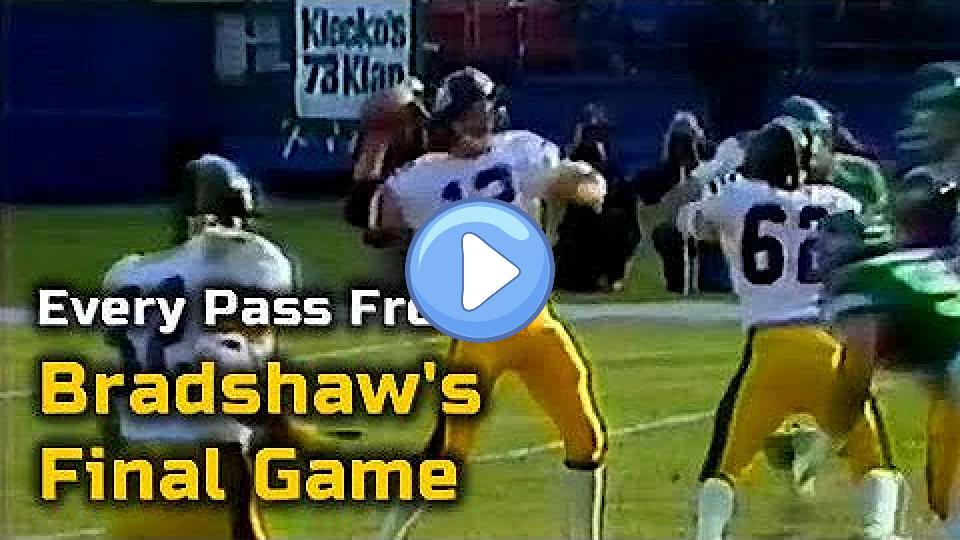
Terry Bradshaw Getting Tackled Compilation
The title is self-explanatory.
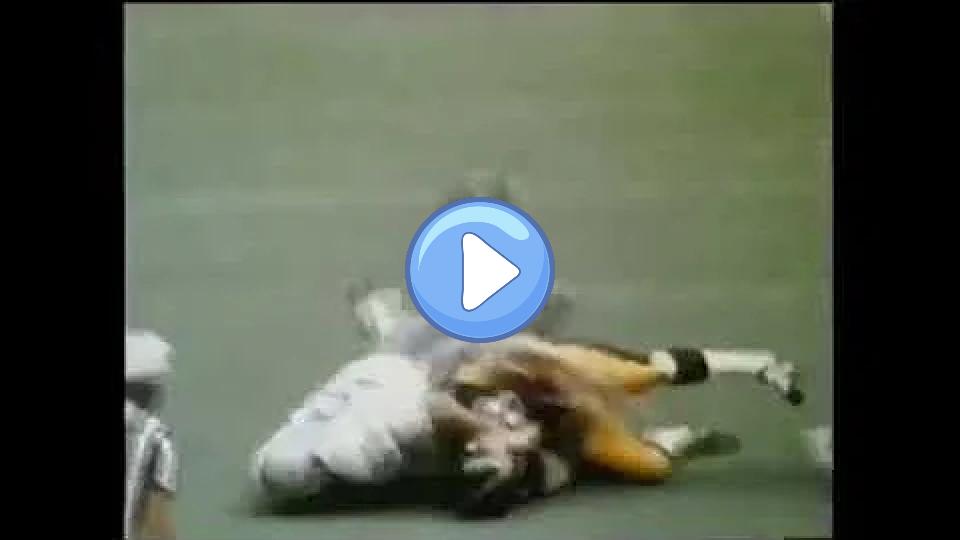
Terry Bradshaw: 1970-1976
This video chronicles the challenging early years of Terry Bradshaw's NFL career, highlighting his perseverance through numerous injuries and setbacks. Despite a rocky start, including a disastrous rookie year with 24 interceptions, Bradshaw's resilience and dedication eventually paid off. He overcame injuries, criticism, and inconsistent performances to lead the Pittsburgh Steelers to multiple Super Bowl victories. The video emphasizes his journey from a struggling rookie to a celebrated quarterback, showcasing his improvement and the Steelers' patience that ultimately resulted in success.
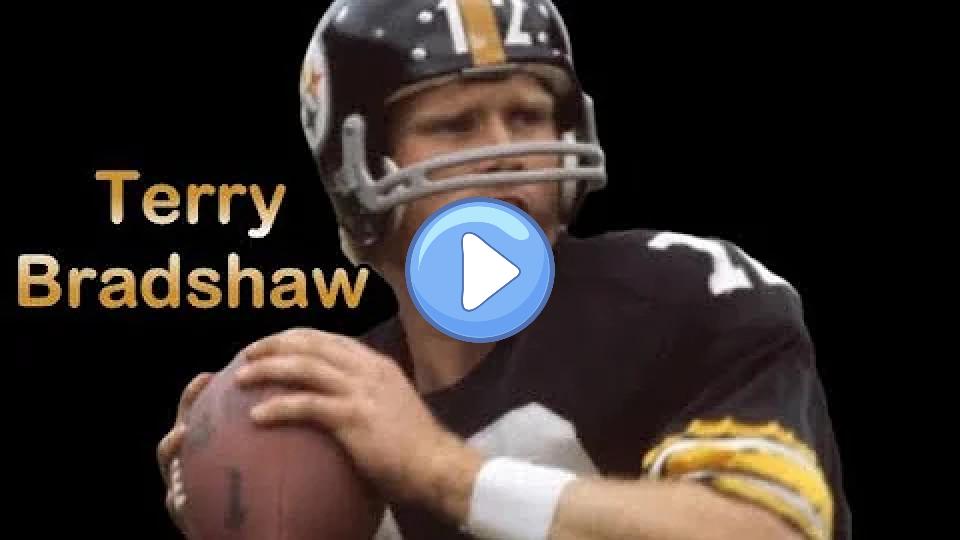
Terry Bradshaw Highlights
Terry Bradshaw, a legendary quarterback, led the Pittsburgh Steelers to four Super Bowl titles in six years, earning two Super Bowl MVP awards. During his 14-year NFL career, he passed for nearly 28,000 yards and threw 212 touchdown passes. Despite early struggles and criticism, Bradshaw became renowned for his performance in big games, guiding the Steelers to eight consecutive playoff appearances and six AFC championship games. Known for his powerful arm and resilience on the field, Bradshaw overcame personal insecurities and found sanctuary in football. His ability to deliver crucial plays in Super Bowl fourth quarters solidified his legacy, making him one of the greatest quarterbacks of the 1970s. Despite initial challenges, including skepticism from his coach and the media, Bradshaw's success and multiple Super Bowl victories proved his exceptional talent and determination.

Turkey Jones' Greatest Sack
Turkey Jones sacked Terry Bradshaw in one of the most brutal tackles in NFL history.
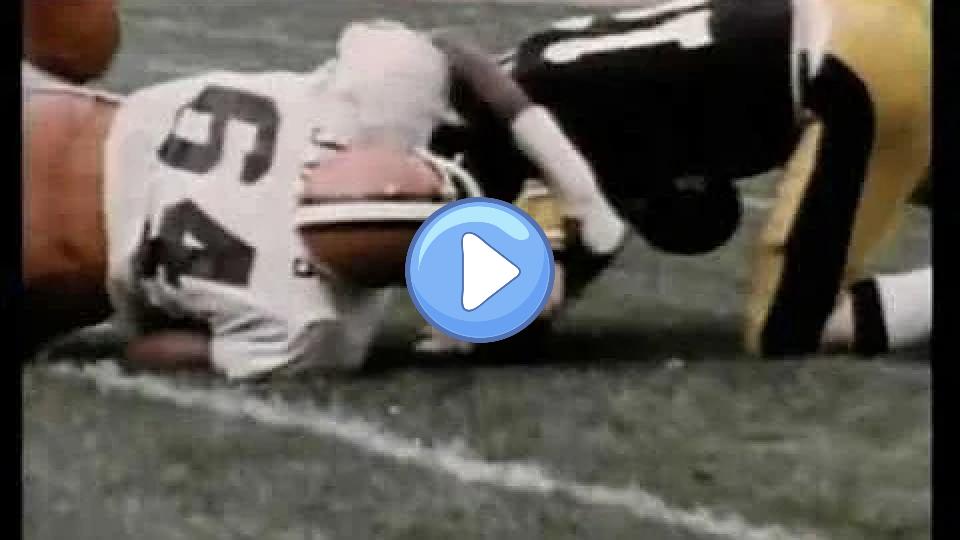
Terry Bradshaw Makes Comment About Suicide
The FOX pregame show crew discussed the Seattle Seahawks and Arizona Cardinals, noting that the Cardinals focus heavily on passing and seem uninterested in the running game.
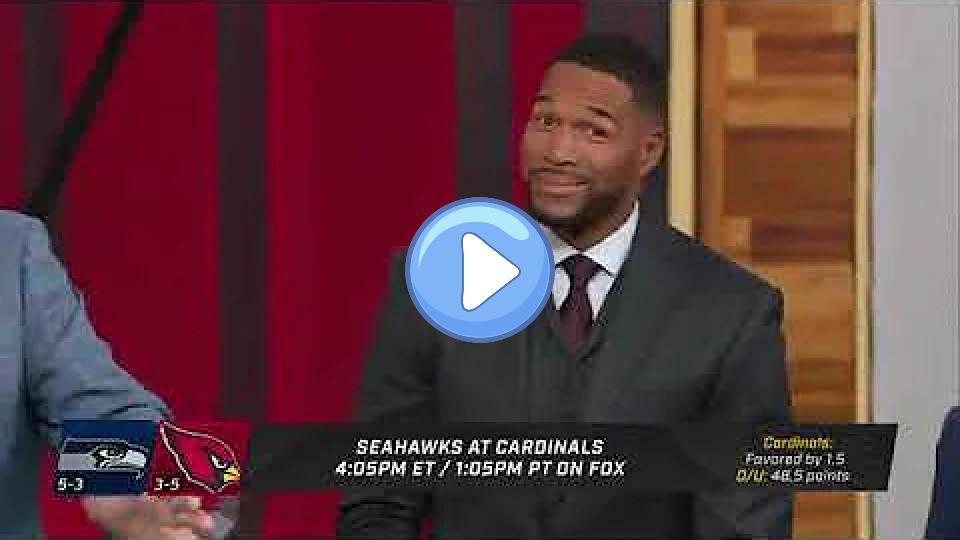
The Greatest Throw of All Time: Terry Bradshaw's 64-Yard Deep Pass
Terry Bradshaw's game-winning 64-yard touchdown pass to Lynn Swann in Super Bowl X is ranked as the greatest throw of all time by NFL Films. In the fourth quarter, Bradshaw read the Cowboys' blitz and launched a perfect pass over Swann's shoulder while under heavy pressure. Despite being knocked senseless by Larry Cole during the play, Bradshaw's throw helped secure the Steelers' victory, marking a significant moment in Super Bowl history.
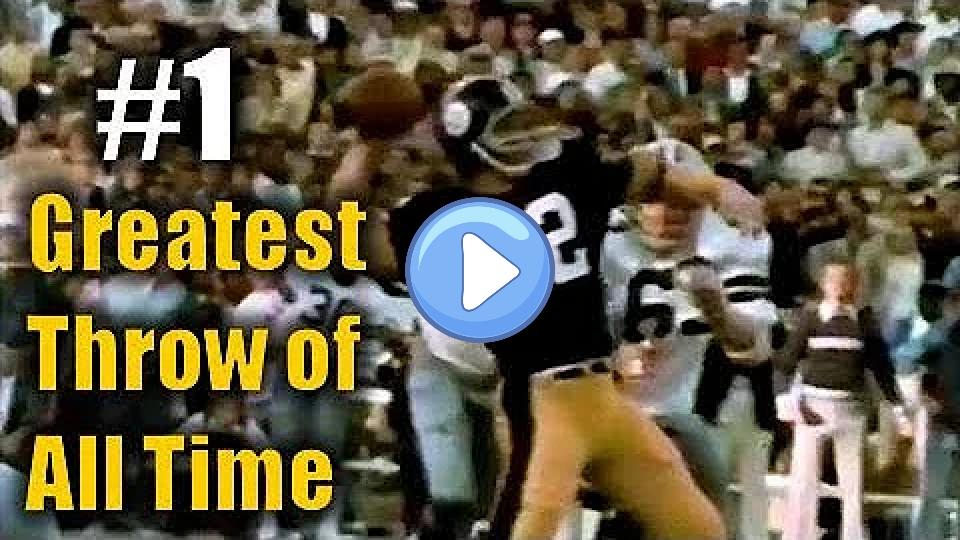
Terry Bradshaw vs. Joe "Turkey" Jones
Vicious tackle by Jones on Bradshaw, 1976.

